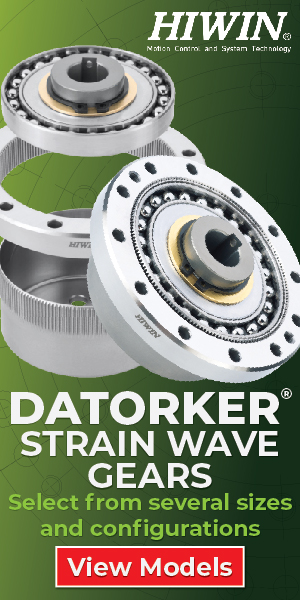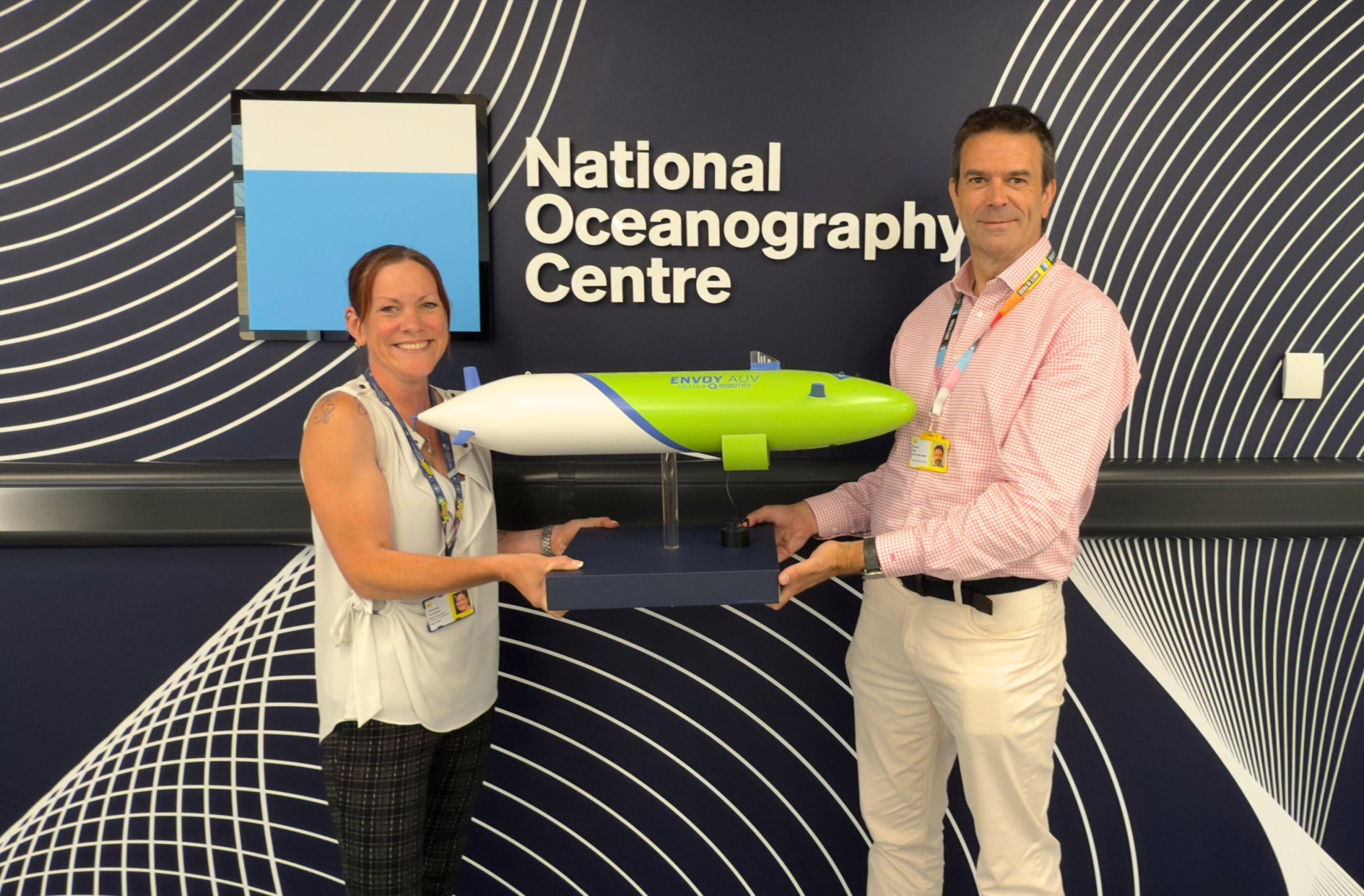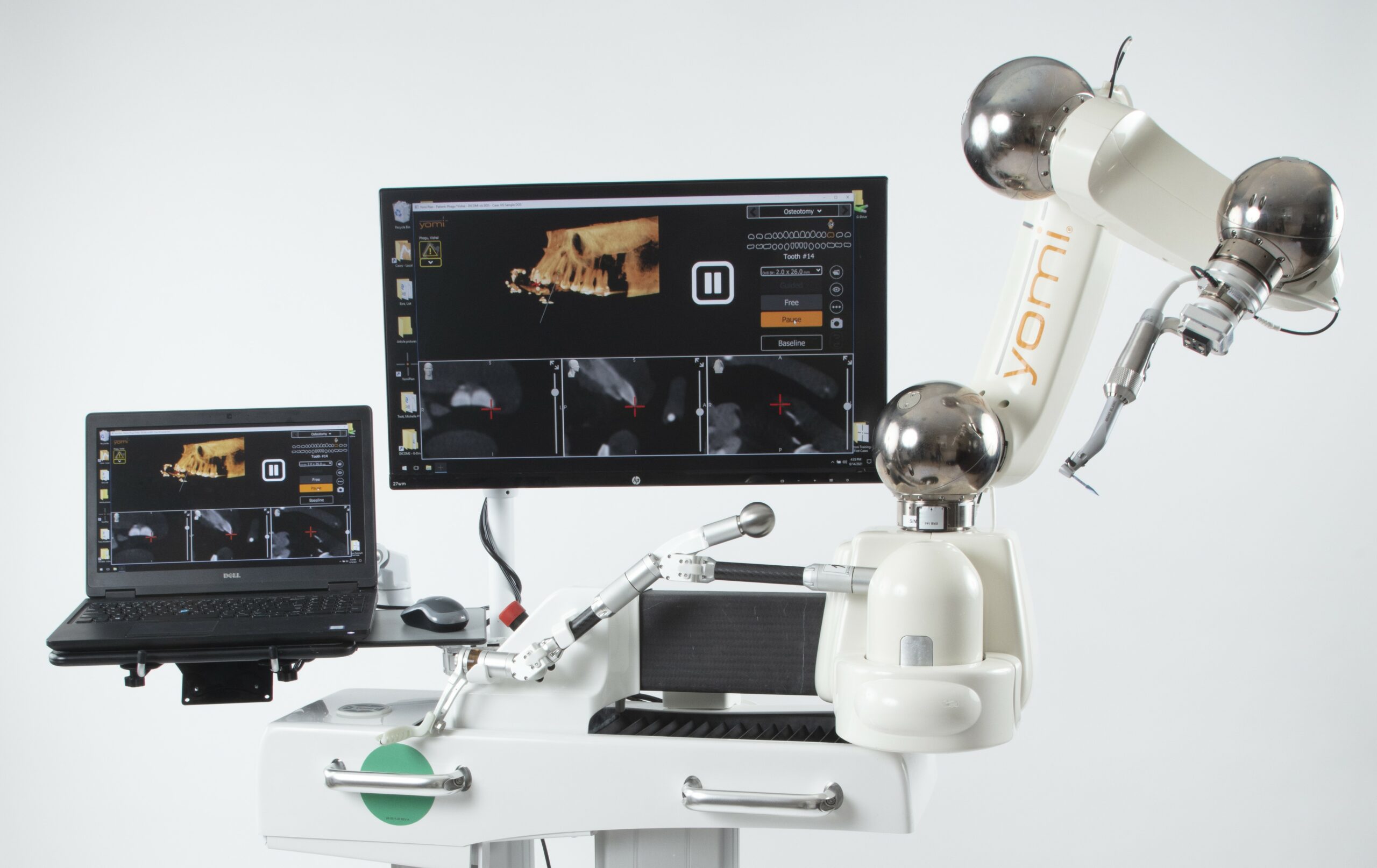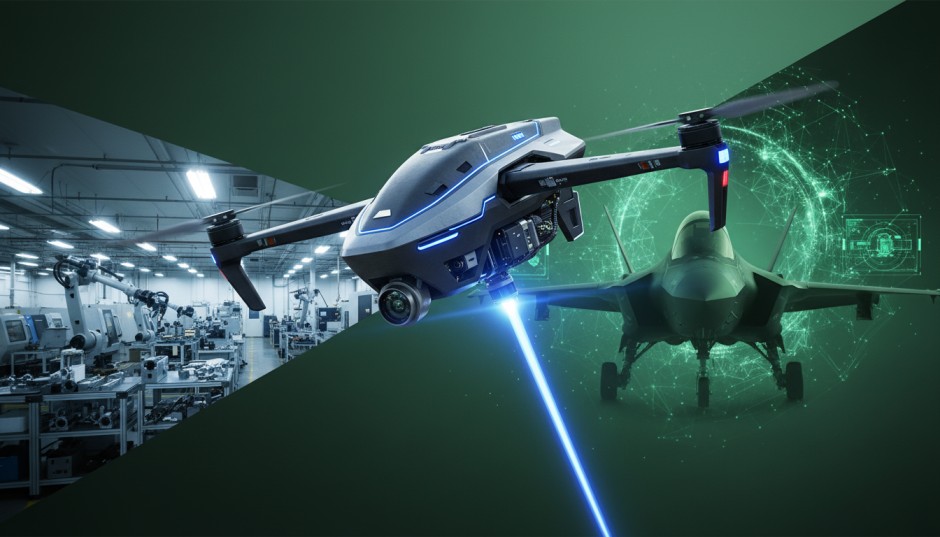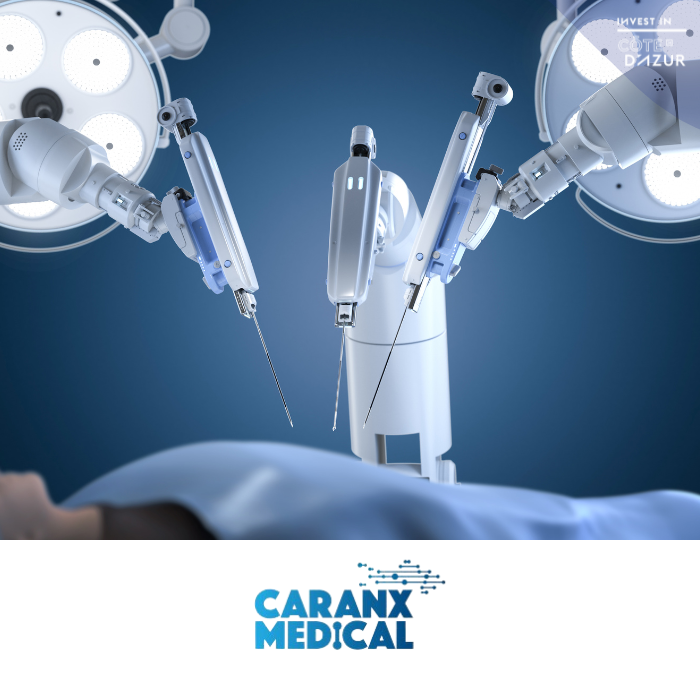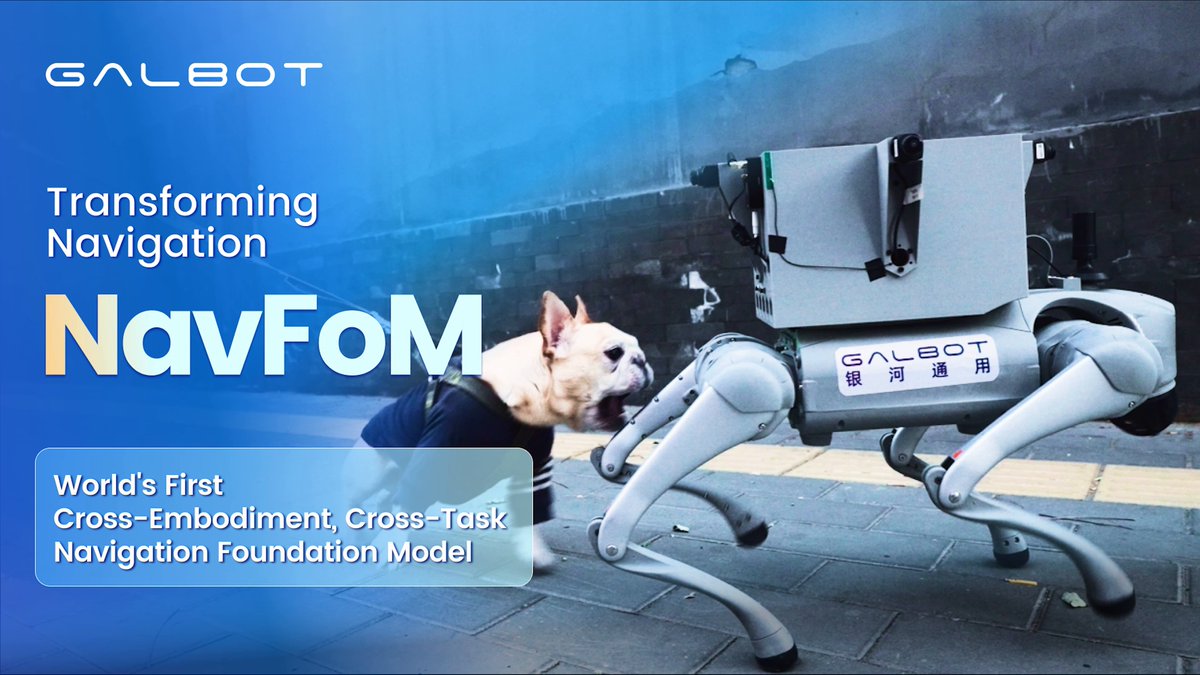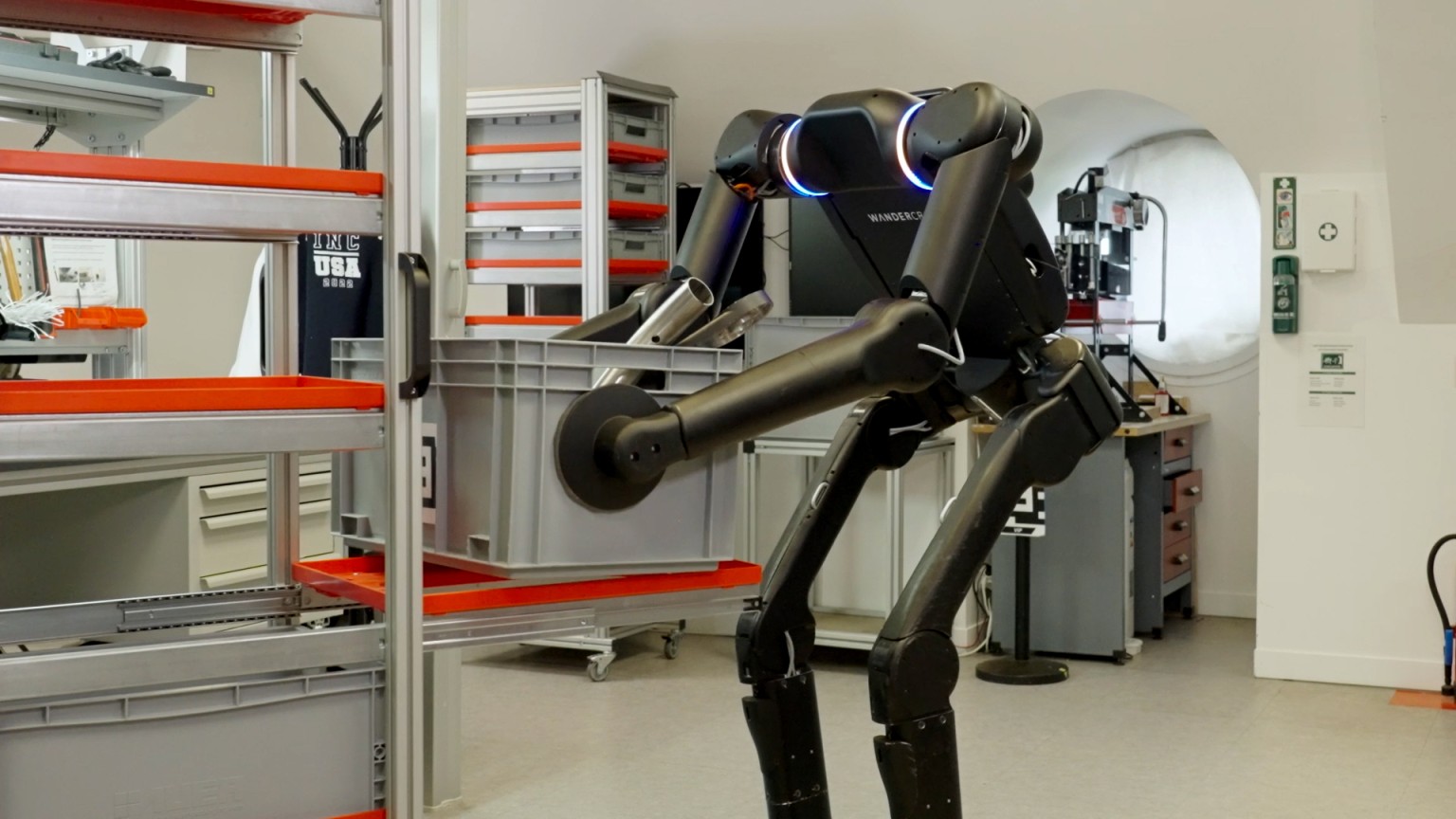Liquid Wire, the leader in stretchable, deformable electronics, is excited to announce its partnership with the Human AugmentatioN via Dexterity Engineering Research Center (HAND ERC) at Northwestern University. As an industry member, Liquid Wire will contribute its innovative interconnect and sensing technologies to help solve critical challenges in robotic hand development, including space constraints, conductor fatigue, wire management during joint movement, and real-time data capture from constantly moving fingers.
HAND ERC, backed by up to $52 million in National Science Foundation (NSF) funding, is dedicated to revolutionizing robotic dexterity to augment human labor through AI-powered, adaptable robotic hands. The center is a collaboration between Northwestern University, Carnegie Mellon University, Florida A&M University, and Texas A&M University, with additional faculty from MIT, Syracuse University, and the University of Wisconsin-Madison.
"The challenges of robotic dexterity require breakthroughs in both hardware and intelligence," said Ed Colgate, Director of HAND ERC and professor at Northwestern University. "Liquid Wire's deformable electronics present a novel way to integrate sensing and connectivity into robotic hands without the constraints of traditional rigid components. We're excited to collaborate with them in pushing the boundaries of what robotic hands can achieve."
"Robotic hands present unique engineering challenges, and we believe our deformable electronics can provide new possibilities for integrating sensing and connectivity in ways that enhance both performance and design flexibility," said Robert Gunn, President of Liquid Wire. "We look forward to collaborating with HAND ERC to explore new ways to bring robotic dexterity closer to human capability."
The project will focus on developing advanced sensing and interconnect solutions that enhance robotic dexterity, minimize failure points, and improve real-time motion tracking.




